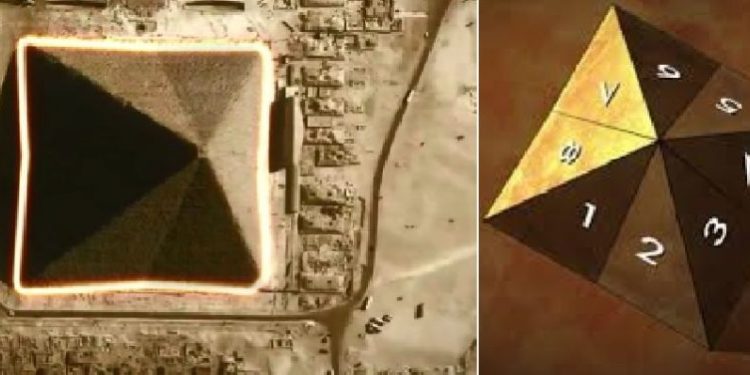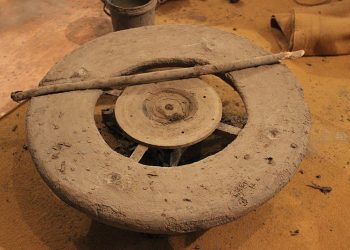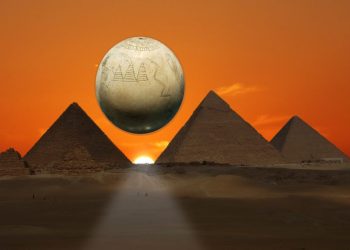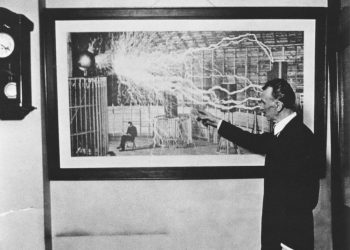The Great Pyramid of Giza continues to hide a plethora of ancient secrets. For example, we don’t understand how the ancients built this massive structure thousands of years ago. Not only that, but we haven’t quite figured out how the ancient builders quarried, transported, and placed thousands of massive stones into position. It was built with incredible precision. The structure itself is evidence of ancient man’s ingenuity.
The Great Pyramid of Giza is the only standing wonder of the seven wonders of the ancient world. Unfortunately, all other monuments from the list have succumbed to time. It is noteworthy to mention that the Great Pyramid of Giza is considered the most accurately aligned structure on the planet, facing true north with only 3/60th of a degree of error.
But did you know that Giza’s Great Pyramid does not have four sides, like all other conventional pyramids? That’s right.
The eight-sided Pyramid
The Great Pyramid of Giza is the only Pyramid discovered anywhere on the planet with eight sides. The sides of the Great Pyramid are slightly concave if you pay attention to its lines. It is the only Pyramid on the planet to have been built this way. It has been found that the Great Pyramid’s four sides are indented with a fascinating precision that forms the only eight-sided Pyramid in the world. Curiously, this phenomenon is nearly invisible from the ground and can best be appreciated from the air, above the Pyramid but only under proper lighting conditions. To spot this strange characteristic, you need to travel above the Pyramid. This has to be at either dawn or sunset on the spring and autumn equinoxes when the sun casts shadows on the Pyramid. (Check out the above image).
Sir William Matthew Flinders Petrie

Sir William Matthew Flinders Petrie first mentioned this surprising characteristic of the Pyramid. He was an English Egyptologist and a pioneer of the systematic method of archaeological preservation of artifacts. Sir Petrie excavated many of Egypt’s most astonishing and important archaeological sites with his wife, Hilda Petrie.
As he was studying the Great Pyramid, the archeologist noticed a hollowing in the Great Pyramid’s core masonry, precisely in the center of each face. He measured this ‘error’ and eventually concluded that it was not an engineering mistake but a nearly invisible characteristic of the Pyramid.
The phenomenon was spotted for the first time in 1940 by accident as British Air Force pilot, P. Groves, was flying over the Pyramid and noticed the concavity on the Pyramid, and decided to take a picture of what he had observed:
8-sided wonder
As you can see, the Great Pyramid of Giza has eight sides, and not four, like all other pyramids in Egypt. I. E. S. Edwards, an English Egyptologist considered to be a leading expert on the pyramids, wrote: “In the Great Pyramid, the packing blocks were laid in such a way that they sloped slightly inwards towards the center of each course, with the result that a noticeable depression runs down the middle of each face — a peculiarity shared, as far as is known, by no other pyramid” (The Pyramids of Egypt, 1975, p. 207). Despite decades of study, the exact purpose of the Great Pyramid of Giza’s concavity remains a profound mystery that scholars have not successfully explained.
Join the discussion and participate in awesome giveaways in our mobile Telegram group. Join Curiosmos on Telegram Today. t.me/Curiosmos











